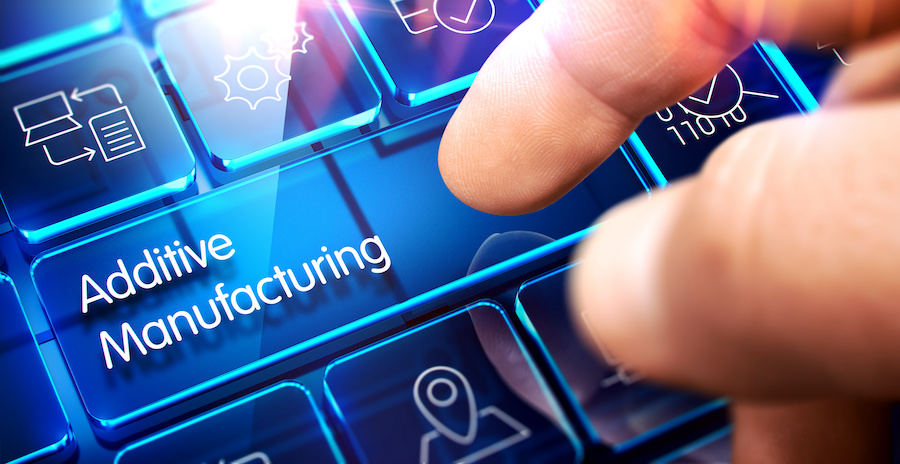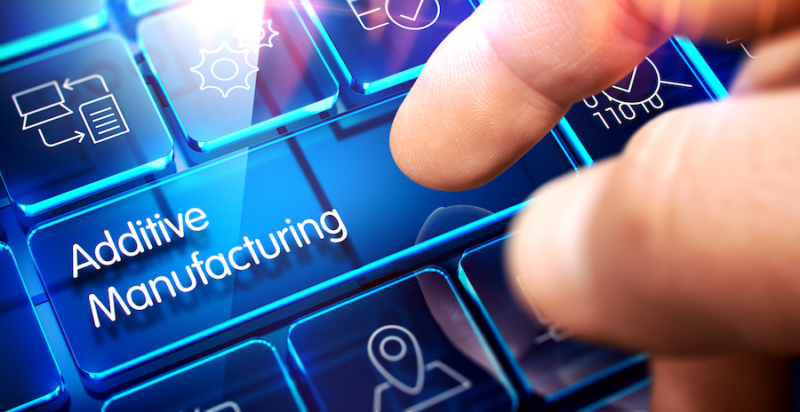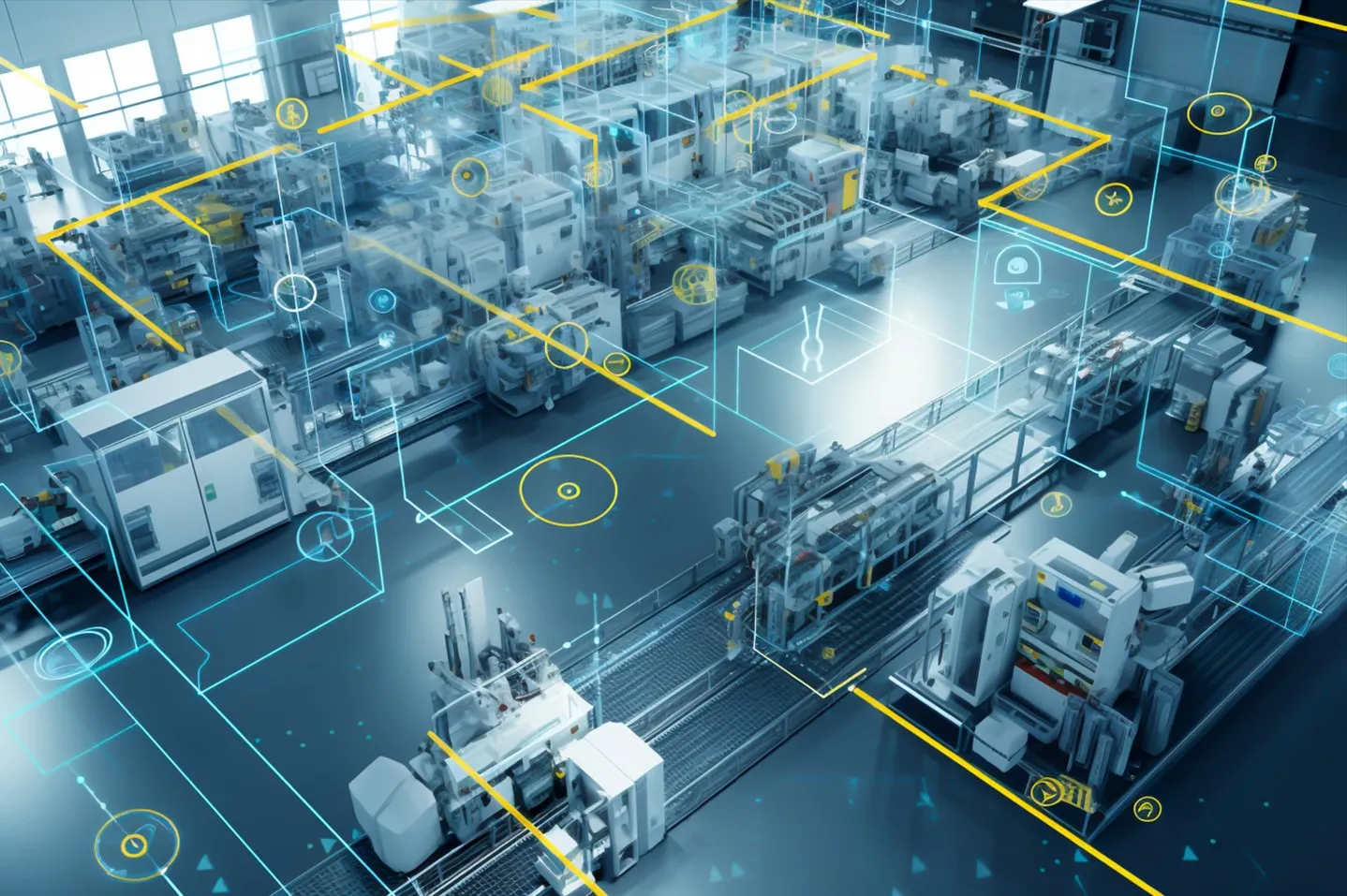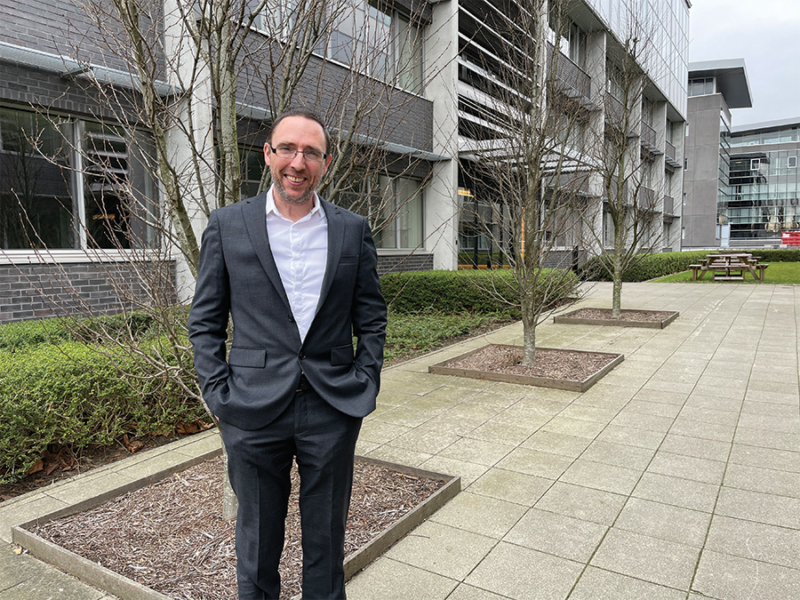Read more on the Additive Manufacturing division from HYBRID Software on the dedicated AMIS website here
Everyone knows why*
Tell us what. We know how.
Your Binder or Material Jetting System deserves a software solution that remains continuously up-to-date and supported. And you need your software to be upgraded as new opportunities emerge – through (incremental) system improvements or through additional intel from prior print runs.
That’s where we come in: Hybrid Software Group, made up by 350 experts bringing 30 years of expertise in the industrialization of printing software. That makes us the preferred end-to-end software solutions provider for Jetting systems. HYBRID Software helps our thousands of customers surpass their goals in all areas of prepress and print by reducing costs, streamlining processes, and speeding up turnaround times.
We contribute to our customers’ success
Specifically for Additive Manufacturing, this includes patented solutions to reduce the usage of binders, leading to reduced debinding and sintering times (and related energy use); Quality Control systems throughout the printing process allowing for improved process control and print quality; OPC-standard compliance, facilitating the connections with pre- and postprocessing steps. Our solutions ultimately lead to a substantially lower cost per part.
Let’s build your solution, together
Our software and electronics are driving all major industrial 2D-printing systems, and some of the most well-known Additive Manufacturing Binder and Material Jetting machines. HYBRID Software solutions also build upon the decades-long expertise of sister company Meteor Inkjet‘s patents and solutions for Additive Manufacturing.
*As a reminder, here are a few reasons why you might want better software for your hardware:
- Improved reliability, repeatability and quality of your process;
- Reduced Cost Per Part;
- OPC compliance for improved connectivity with up -and downstream processes;
- Increased uptime a.o. through improved QI;
- Save time on file preparation and production;
- Reduce binder use while maintaining strong green parts;
- Reduce postprocessing costs (binder removal, sintering, …);
- Improved part quality;
- Extensive QI, feedback, inline adjustment, dropwatch, nozzle control.




